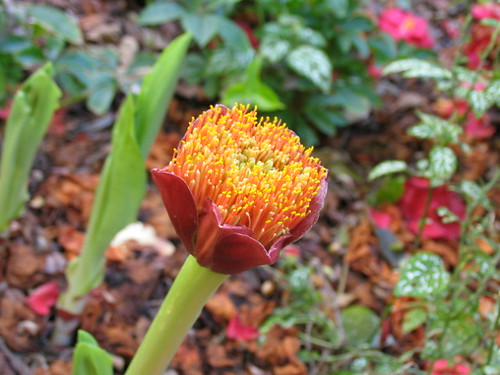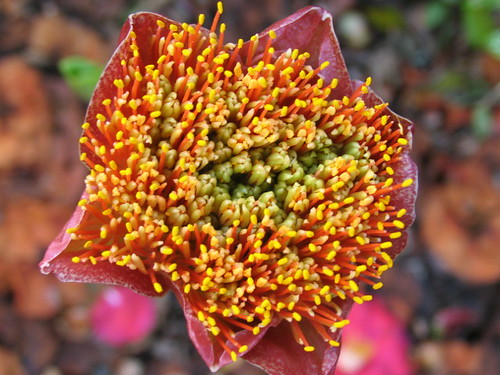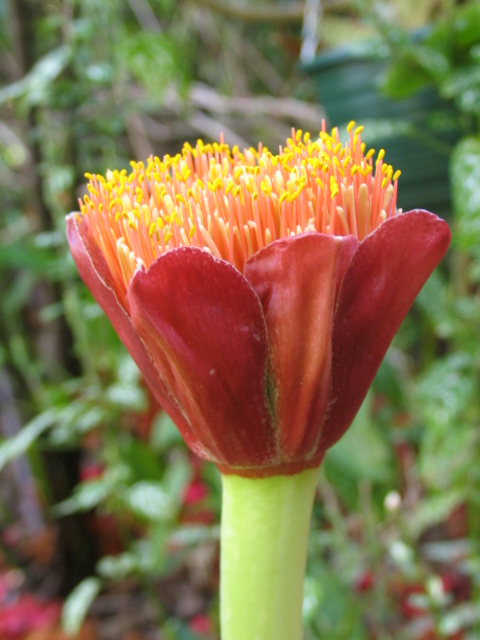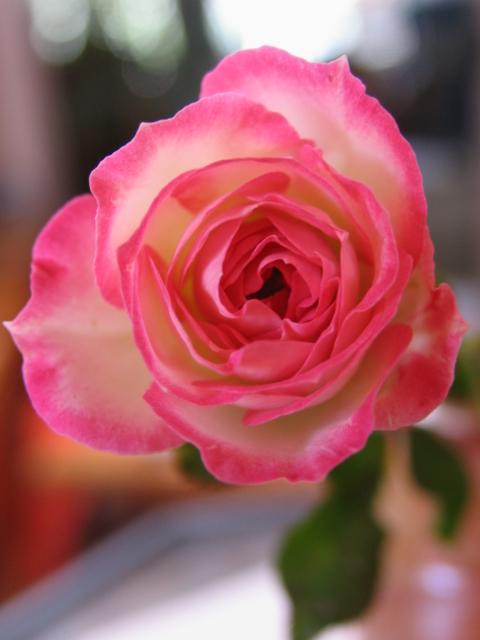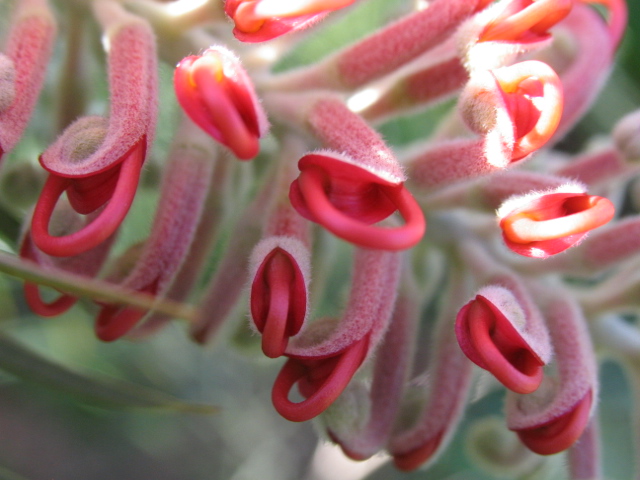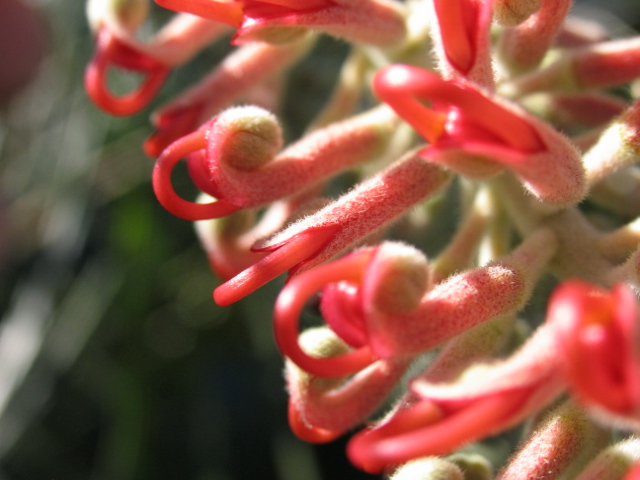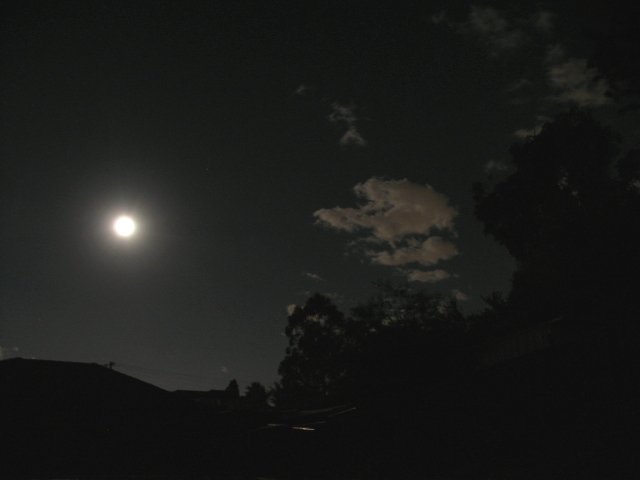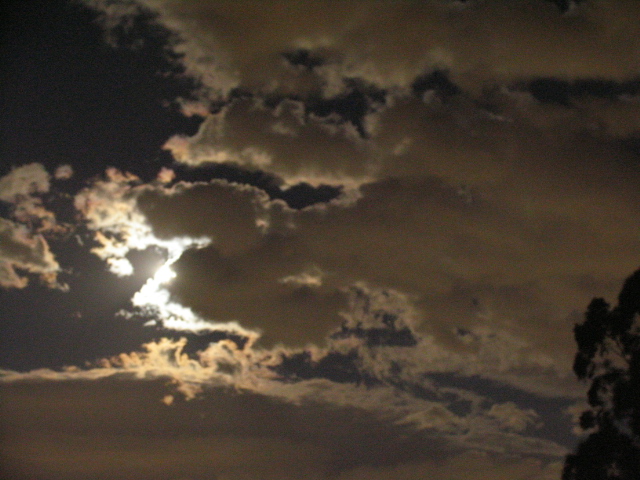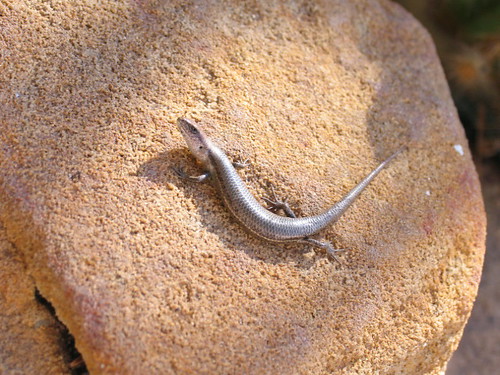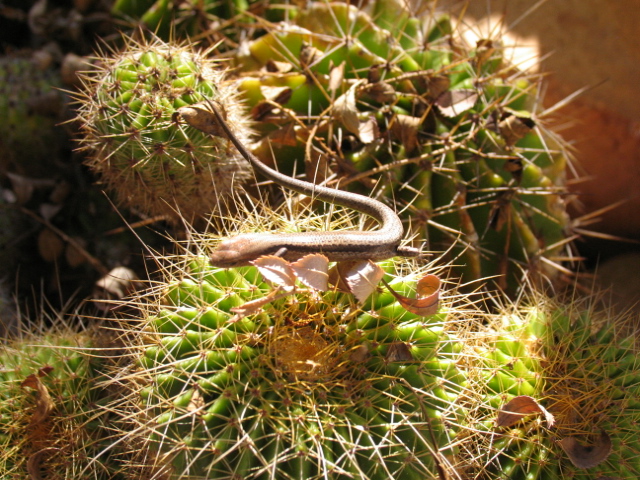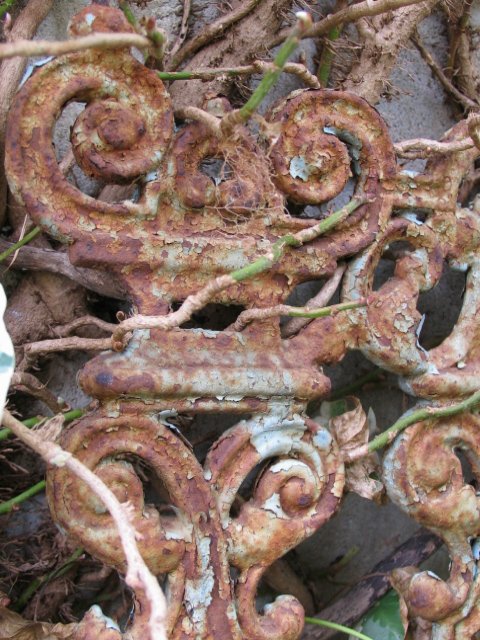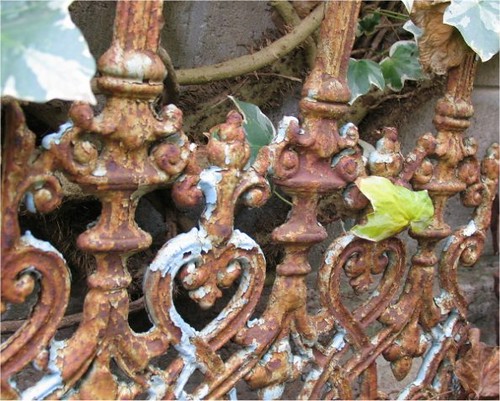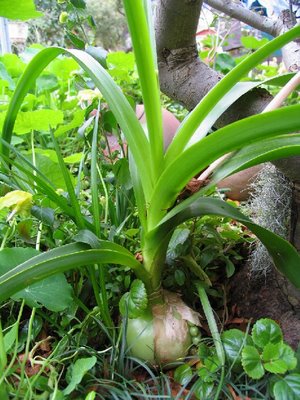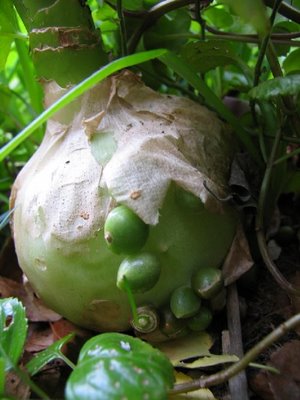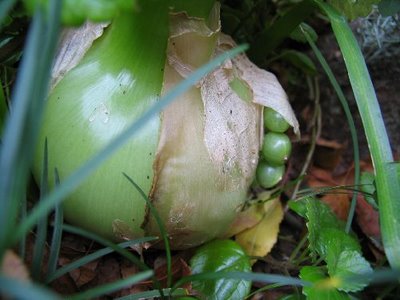In 2005 my daughter and I went on holidays to Western Australia, I was going through the photos tonight and added some to Flickr, so I thought I might write them up here. I don't think I have the energy to write up the whole trip chronologically, (although I have it all in a travel journal that I wrote up during the trip) so these are just a few snippets from the trip. I'll add more over the next few weeks.
I haven't reduced the size of the pictures on Flickr so you can click to go to the very large size
One of our trips out of Perth was on a 4 wheel drive tour to the Pinnacles.
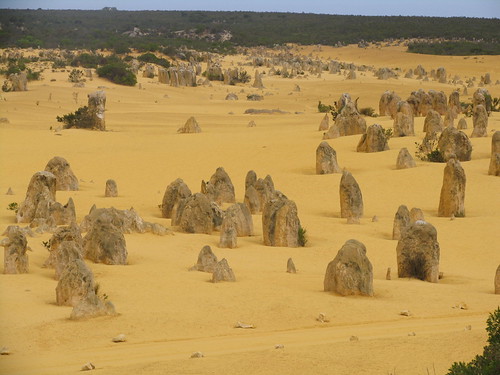
The Pinnacles are in the Nambung National Park, 245 kms north of Perth (about a 3 hour drive from the centre of Perth)
Thousands of huge limestone pillars resembling tombstones, rise out of a stark landscape of yellow sand. Some are up to three and a half metres tall.
The raw material for the limestone of the pinnacles came from sea shells broken down into lime-rich sands which were brought ashore by waves and then carried inland by the wind to form high, mobile dunes.
The sightly acidic winter rain dissolves small amounts of calcium carbonate as it percolates down through the sand. As the dune dries out during summer, this is precipitated as a cement around grains of sand in the lower levels of the dunes, binding them together and eventually producing a hard limestone rock.
Sub surface erosion from decaying plant and animal materials eroded the limestone bed until only the most resilient columns remained.
This erosion would have happened over thousands of years - Aboriginal artefacts at least 6,000 years old have been found in the Pinnacles Desert despite no recent evidence of Aboriginal occupation which suggests that the Pinnacles were exposed about 6,000 years ago and then covered up by shifting sands, before being exposed again in the last few hundred years.
This covering and uncovering by the sand is still occurring.
Some of the outcrops have been given names, this was Casper the Ghost:
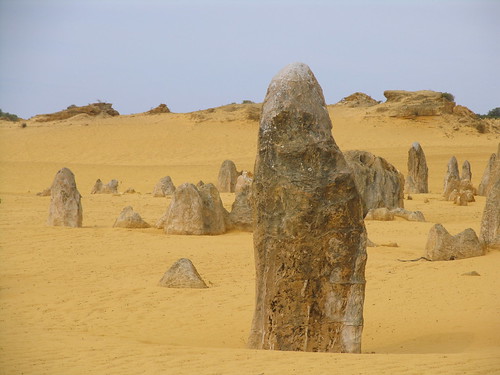
and this is Batman:
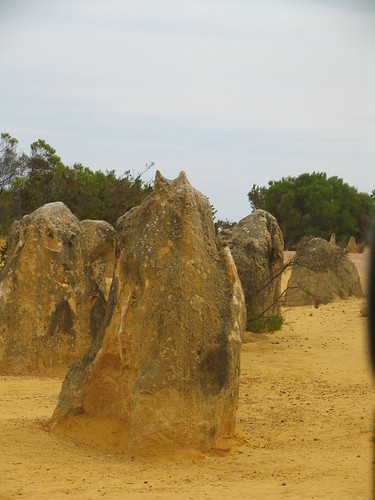
On the way back to Perth I saw my first emu in the wild

Technorati tags:
Western Australia travel
